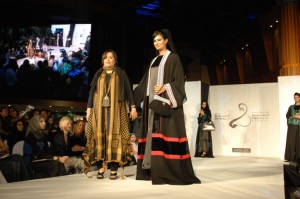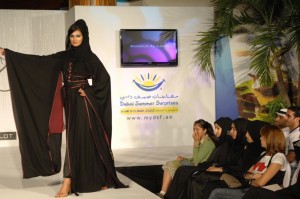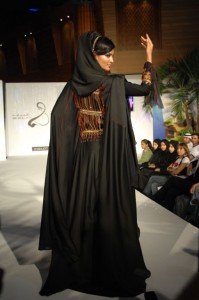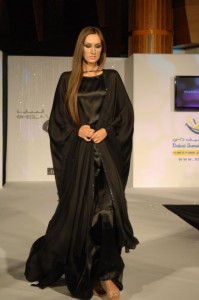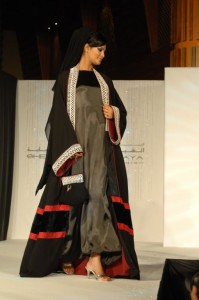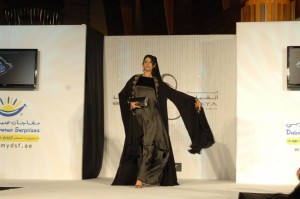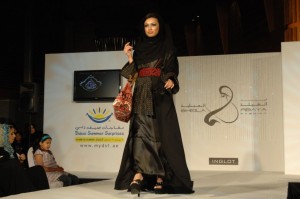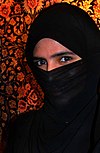
A gathering of talented local and regional Sheila and Abaya designers, the Sheila and Abaya Fashion is among the most glamorous shows in GCC for local attire. Amateur and professional designers bring on their best creations in one of the most highly regarded events for traditional fashion. This year, a total of 16 designers are expected to participate in the event featuring both professional and amateur designers.



